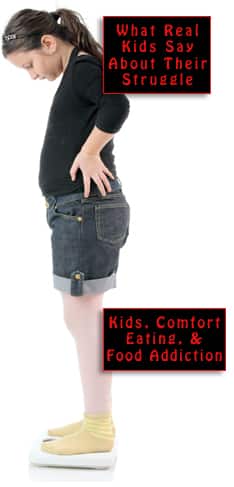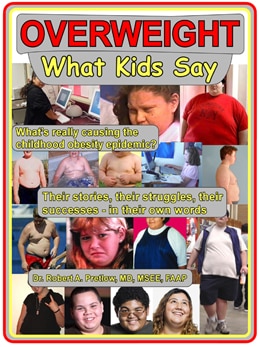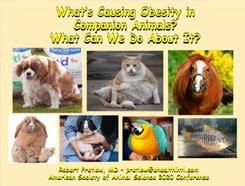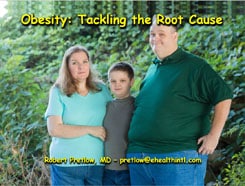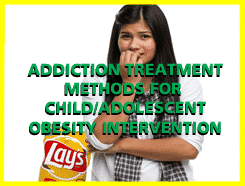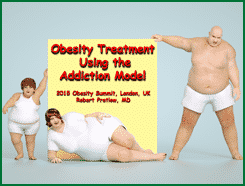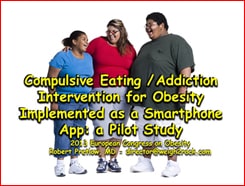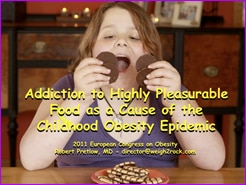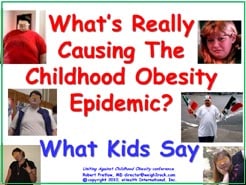Schools Take On the Task

In 2014 the Colorado Department of Education published the Colorado Healthy Weight Toolkit, which is something of a model to which others might aspire. Once again, we look to the very conscientious state for guidance in what they call Growth Screening, defined as “measuring height and weight to calculate Body Mass Index” (BMI). The toolkit includes the messages that parents receive about this process, including a form to be returned if they don’t want their children’s BMI measured.
The literature explains that by state law, schools are required to screen for only two impairments:
While vision and hearing screenings are required, growth screenings are recommended by the Colorado Department of Public Health and Environment as another tool to evaluate the health of each child. Results are confidential. The growth screenings will take place in a private setting, supervised by the school nurse.
On the list of safeguards, the first item is a reminder that parental consent is necessary. Staff should be properly trained to carry out the measurement program and keep appropriate records. Accurate equipment should be obtained, and student privacy assured. The guidebook’s seventh rule reminds the people in charge that they should “regularly evaluate the program and its intended outcomes and unintended consequences,” a precept that is sometimes not followed carefully enough.
Many characteristics are specified for the correct type of scale. It should have no wheels and be otherwise stable. It should be in a private location, and the child’s weight should not be spoken aloud, but only written down. Any “stature device,” ruler, or other height-measuring attachment is not to be used for that purpose. Height is to be measured separately, with a different instrument, the stadiometer. It comes with its own list of procedural requirements, to assure that each individual reading is accurate, and to acquire meaningful statistics.
Another agency weighs in
The Arkansas Center for Health Improvement, like similar departments in other states, presents its measurement protocol in one of its training manuals, which probably all derive from the same sources. The preparation involves such matters as privacy, good equipment, proper form, and not wearing sweaters, jackets, hats or shoes while being weighed or measured.
From another state, Missouri, here is only the first and shortest of a three-paragraph explanation:
The student should stand on the footplate, or at the base of the measuring device, without shoes and positioned with heels close together, legs straight, arms at sides, and shoulders relaxed. The student should be instructed to look straight ahead and stand fully erect without moving their heels. The heels should not rise off the floor. When possible, the head, back, buttocks and heels should touch the wall. All hair ornaments, buns, braids, etc. should be removed to obtain an accurate measurement against the crown of the head.
To make a long story short, the process involved in BMI assessment can be tedious, embarrassing, and even frightening to children. It is a job for trained personnel, and if trained personnel are unavailable for whatever reason, it is a lot of responsibility to put on school employees who might be totally unfamiliar with medical procedures.
Your responses and feedback are welcome!
Source: “Colorado Healthy Weight Toolkit,” CDE.state.co.us, 12/01/14
Source: “BMI Screening Program: Eight & Weight Measurement Training Manual,” Arkansas.gov, 2019
Source: “Guidelines for Growth Screening in Missouri Schools,” MO.gov, 2005
Image by zombieite/CC BY 2.0










 FAQs and Media Requests:
FAQs and Media Requests: 